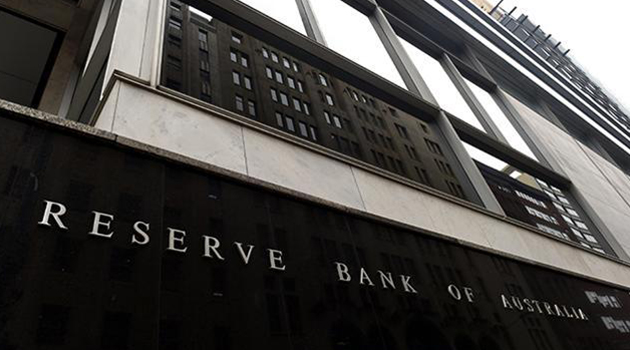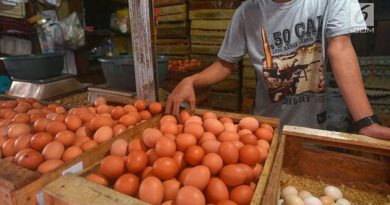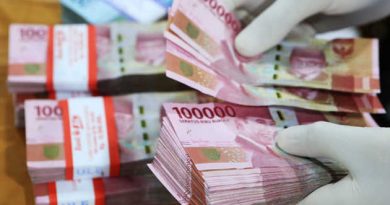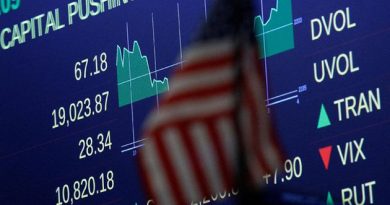Australia Holds Interest Rates as Divergence Weighs on Currency
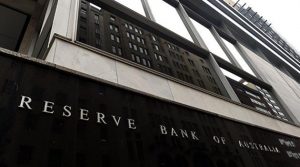
Australia’s central bank left interest rates unchanged as its increasing policy divergence from global peers weighs on the currency, potentially aiding economic growth and inflation.
Reserve Bank of Australia Governor Philip Lowe and his board kept the cash rate at a record-low 1.5 percent Tuesday, in line with market and economists’ expectations. They’re trying to prolong a hiring boom and soak up spare capacity in the labor market in order to generate faster wages growth.
“The low level of interest rates is continuing to support the Australian economy,” Lowe said in a statement announcing the decision. “Further progress in reducing unemployment and having inflation return to target is expected, although this progress is likely to be gradual.”
The local dollar was little changed at 77.79 U.S. cents at 2:34 p.m. in Sydney.
The RBA is standing pat as developed world peers move to normalize policy or raise interest rates in response to tighter job markets and accelerating growth, as they overcome fallout from the 2008 global recession. While Australia dodged the slump due to massive resource demand from an industrializing China, its economy is sluggish now due to record-high household debt and weak wage growth that’s slowed consumption and inflation.
Australian bonds are now yielding less than their U.S. counterparts for the first time since around the turn of the century, which is starting to weigh on the currency. The Aussie has fallen about 1.5 percent in the past month, though continued support from stronger commodity prices is likely to prevent a sharp drop. In February 2001, it traded below 48 U.S. cents, but that reflected weak terms of trade as well as rate differentials.
Bill Evans, chief economist at Westpac Banking Corp., predicts the U.S. federal funds rate will climb to 112 basis points above the RBA’s cash rate in 2019. He sees the Federal Reserve raising to 2.625 percent next year and Lowe and his board remaining on hold until 2020.
“On a trade-weighted basis, the Australian dollar remains within the range that it has been in over the past two years,” Lowe said. “An appreciating exchange rate would be expected to result in a slower pick-up in economic activity and inflation than currently forecast.”
Australia’s gross domestic product for the final quarter of last year is due for release tomorrow. It probably slowed after a slump in exports over the period, with coal shipments hampered by poor weather and related issues. At the same time, the RBA’s easy policy has encouraged business investment and spurred a hiring bonanza as 400,000 new jobs were added in 2017, a record three-quarters of which were full-time.
Still, the jobless rate at 5.5 percent is about half a percentage point off what the central bank estimates is full employment, while inflation is still hovering just below the bottom of its 2 percent to 3 percent target. The RBA wants to be nearer those goals before it’s ready to begin tightening, Lowe has indicated.
Courtesy : Bloomberg, News.com.au
